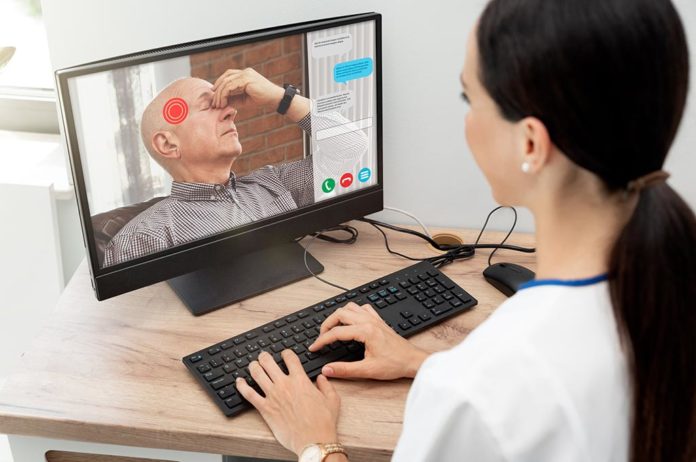The phrase “telehealth” is one of the latest additions to our national medical vocabulary. As we make our way through the current coronavirus (COVID-19) pandemic, it makes sense for us to take a moment to think about how telehealth can be a part of our strategy for combatting the virus’ impact on our everyday lives.
Early on, it became apparent that in order to control and minimize the spread of this virus, we would need to severely limit the extent to which we, as individuals, could gather in public places, including medical centers. In fact, the effort to physically distance has been especially important in medical offices where the acutely and chronically ill both seek treatment, often at the same time. As such, many medical offices have had to close their doors to “in person” visits to protect the health of all their patients.
Telehealth is a way to connect a patient to a medical provider through a secure video link either via one’s smartphone, tablet or computer. This is not really a new concept and some health systems such as the Veteran’s Administration have been using it for years.
In light of the recent COVID-19 pandemic, insurance companies, including Medicare, have begun to allow providers to connect with their patients via telehealth and bill insurance in the usual fashion. For those individuals who do not have an established primary care provider, insurances now allow for them to establish care via telehealth. This can be an important way to access healthcare without burdening emergency departments and/or urgent care clinics for non-urgent needs. Often times, as we struggle to balance all of life’s responsibilities, we place establishing care with a primary care provider low on our to-do lists. As a result, when medical needs arise during the course of normal life, we end up utilizing urgent care clinics. Unfortunately, urgent care clinics cannot offer the same continuity of care that primary care clinics can, which is especially important when dealing with chronic medical conditions. Thus, there is a unique opportunity during this pandemic to pursue a primary care relationship from the comfort of your home or office.
This type of healthcare delivery is not suited for all conditions or circumstances and there are obviously some limitations. In some cases, additional diagnostics are completed in real-time at the clinic (X-ray, EKG, Laboratory tests) but in many cases, they are not immediately necessary or can be safely arranged outside of usual clinic operations. Telehealth will not completely replace the need to periodically meet in person with your provider, but it can be a safe, convenient and efficient way to connect for many conditions. Hopefully, as we find a way to move past this stay-at-home era, we will be able to continue some of these services on an ongoing basis.


















